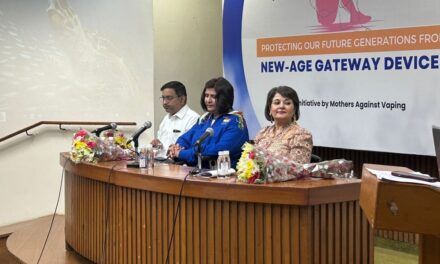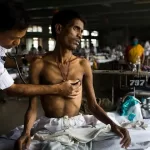Introduction
Polio, once feared as one of the most debilitating diseases of the 20th century, has seen remarkable progress towards eradication thanks to global vaccination campaigns. However, the virus remains a threat in some regions, highlighting the challenges of completely eliminating it. The World Health Organization (WHO) and its partners remain committed to eradicating polio within the next few years. Recent developments, such as the resurgence of polio in Gaza, underscore the continued risks associated with incomplete vaccination coverage.
What is Polio?
Polio, or poliomyelitis, is an infectious disease caused by the poliovirus, primarily affecting children under the age of five. While many individuals infected with polio remain asymptomatic, the virus can cause severe symptoms, including fever, headaches, vomiting, and stiffness of the spine. In critical cases, it can invade the nervous system, leading to paralysis within hours. According to the WHO, approximately 1 in 200 polio cases results in permanent paralysis, most commonly affecting the legs. Among paralyzed children, up to 10% may die due to paralysis of the breathing muscles.
The virus is transmitted from person to person, entering the body through the mouth. It is most often spread via contact with the waste of an infected person or, less frequently, through contaminated water or food.
The Historical Impact of Polio
Polio has plagued humanity for centuries, with evidence of the disease seen in ancient Egyptian hieroglyphics depicting individuals with limb deformities. Before the advent of the polio vaccine in the 1950s, polio was among the most feared diseases. The 1916 outbreak in New York City claimed over 2,000 lives, while the 1952 outbreak in the U.S. resulted in more than 3,000 deaths. Survivors often faced lifelong consequences, including paralysis and deformities, with some requiring “iron lung” machines to assist with breathing.
The Eradication Campaign
The WHO launched its polio eradication campaign in 1988, inspired by the successful eradication of smallpox. The original target was to eliminate polio by 2000. Through the efforts of the WHO, the U.S. Centers for Disease Control and Prevention (CDC), UNICEF, and Rotary International, the production of oral polio vaccines was ramped up, and extensive immunization campaigns were implemented. These efforts led to a dramatic decline in polio cases by over 99%.
Despite these successes, Afghanistan and Pakistan remain the only countries where polio transmission has not been fully halted. Additionally, outbreaks persist in several other countries, particularly in Africa. The WHO and its partners now aim to eradicate polio by 2026.
Challenges to Eradication
The eradication of polio has proven to be an extraordinarily complex challenge. Achieving this goal requires vaccinating at least 95% of the population globally, including in conflict-affected areas and regions with fragile health systems. The oral polio vaccine, while inexpensive and effective in preventing widespread infection, contains weakened live virus. In rare cases, this virus can spread and cause polio in unvaccinated individuals, and even more rarely, it can mutate into a form capable of causing new outbreaks.
Recent data indicates that while wild poliovirus cases have significantly decreased, vaccine-derived poliovirus now causes the majority of infections worldwide. This shift underscores the challenges faced by health authorities in controlling both types of poliovirus.
Scott Barrett, a professor at Columbia University who has studied polio eradication, notes, “The problem with trying to eradicate polio is that the need for perfection is so great and there are so many weak links. The technical feasibility is there, but we live in a vastly imperfect world.”
Conclusion
Despite the remarkable progress made in the fight against polio, the disease persists in certain regions due to incomplete vaccination coverage and other logistical challenges. The recent polio case in Gaza reminds us that the virus remains a threat until it is eradicated globally. Continued efforts and support are crucial to achieving the goal of a polio-free world, ensuring that future generations are spared from this debilitating disease.











